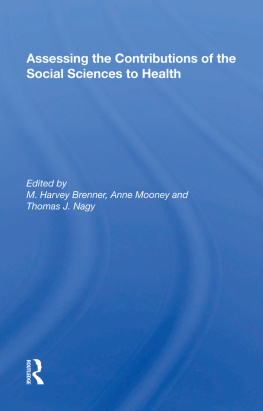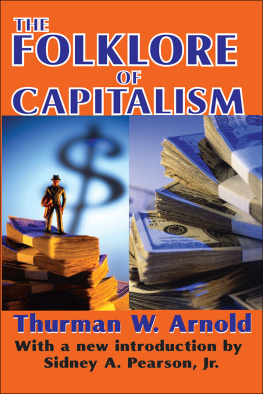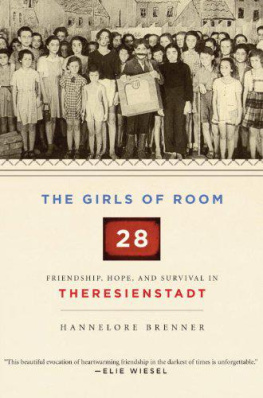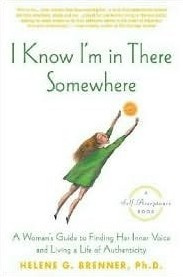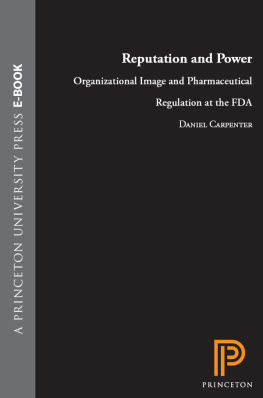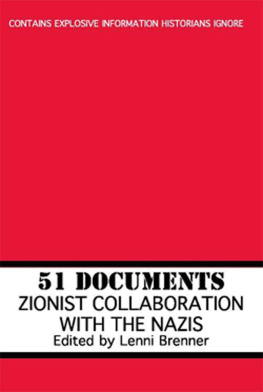First published 1998 by Westview Press
Published 2018 by Routledge
711 Third Avenue, New York, NY 10017, USA
2 Park Square, Milton Park, Abingdon, Oxon OX14 4RN
Routledge is an imprint of the Taylor & Francis Group, an informa business
Copyright 1996 Taylor & Francis
All rights reserved. No part of this book may be reprinted or reproduced or utilised in any form or by any electronic, mechanical, or other means, now known or hereafter invented, including photocopying and recording, or in any information storage or retrieval system, without permission in writing from the publishers.
Notice:
Product or corporate names may be trademarks or registered trademarks, and are used only for identification and explanation without intent to infringe.
Library of Congress Cataloging-in-Publication Data
Brenner, Daniel L., 1951
Law and regulation of common carriers in the communications
industry / Daniel L. Brenner. 2nd ed.
p. cm.
Includes bibliographical references and index.
ISBN 0-8133-6695-X
1. TelecommunicationLaw and legislationUnited StatesCases.
I. Title.
KF2764.B73 1996
343.7309'94dc20
[347.303994]
95-22857
CIP
ISBN 13: 978-0-8133-6695-1 (pbk)
This book of cases and materials offers an overview of common carrier regulation and a review of leading policy initiatives. The focus is on federal regulation, principally the Federal Communications Commission (FCC), although state and international developments are also considered.
The dynamic pace of the communications industry in the past twenty-five years has required continuous updating of regulations. As technology changes, so must the government change the way it approaches regulation. The issues dealt with here are, in the author's view, the most significant ones in this rapidly changing field. Their study will provide the reader with a reasonable sample of the key policy issues confronting the FCC and those whose practice takes them before it. It is impossible to cover the entirety of the laws in this area. But the hope is that these materials will provide a structural overview to the field.
I wish to acknowledge Charles Firestone and Tracy Westin, who as previous directors of the UCLA Law School Communications Program helped to develop earlier versions of these materials. Thanks are due also to Howard Symons for his helpful suggestions in reviewing the manuscript; to Dayna Babikian and Christian Castle, who served as research assistants during the preparation of the first edition; to Tonya Bartley and Staci Pittman, who ably assisted in the preparation of this edition; and to the many students and colleagues who have influenced my thinking and who provided useful comments on the earlier edition. In particular, my own understanding of this field owes a great debt to the writings of Alfred Kahn of Cornell University.
Daniel L. Brenner
Washington, D.C.
I dedicate this book to the memory of Max Ross Brenner.
Introduction: The Telephone
'If I can get a mechanism which will make a current of electricity vary in its intensity, as the air varies in density when a sound is passing through it, I can telegraph any sound, even the sound of speech."
So declared Alexander Graham Bell in 1875 while experimenting with his "harmonic telegraph." On June 2 of that same year, by fashioning a makeshift diaphragm, this teacher of deaf persons discovered he could hear over a wire the sound of a twanging clock spring. Bell then knew it was possible to do what he had hopedsend vocal vibrations over a telegraph wire so they could be transformed into sound for a listener at the other end. Nine months later, on March 10,1876, Bell transmitted the first complete sentence heard over a wire: "Mr. Watson, come here, I want you." His message was received by his associate, Thomas A. Watson, in an adjoining room of their tiny Boston laboratory.
Bell's invention, which was described in his patent as "Improvements in Telegraphy" (with no mention of the word telephone) has been described as the most valuable patent ever issued. The first day of that patent's filing involved governmental regulation, and regulation has been part of the life of telephones, and telecommunications, ever since.
A few hours later, but on the same day Bell's application was filed with the U.S. Patent Office in Washington, Elisha Gray, cofounder of the Western Electric Company, came to the same office and filed a "caveat" or warning to other inventors for his invention of a speaking telephone. But for a few hours, Gray who would be backed by the mighty Western Union Telegraph Company in his unsuccessful fightmight have been known as the creator of the telephone.
The patent dispute was settled in 1879; Western Union gave up all its patent claims and its network of competing telephones in fifty-five cities in exchange for 20 percent of telephone receipts over the seventeen-year-life of the Bell patents. But, as had been the case with the telegraph, early efforts to popularize the telephone met with disappointment. Though people paid to hear Bell lecture on "the miracle discovery of the age," for a brief time they seemed unaware of its possibilities. However, 1877 witnessed the erection of the first regular telephone linefrom Boston to Somerville, Massachusetts. By the close of 1880, there were 47,900 telephones in the United States. The following year brought telephone service between Boston and Providence. Boston and New York were connected in 1884, and service between New York and Chicago started in 1892. Transcontinental service was not inaugurated until 1915.
The telephone is an electrical device that picks up a spoken word and speeds it invisibly and inaudibly by wire, cable, or radio to another point. In this process the telephone instrument performs two functionsit converts the sound waves of the human voice into electrical waves for transmission, and, at the receiving end, it transforms this electrical energy back into sound waves that can be recognized by the human ear. The telephone system provides the highways that carry this electrical speech. Strands of copper wire link rural subscribers; more populous places use cable; fiber-optic cables, transmitting sound by light waves, are used in some areas. In big cities cables are placed in underground conduits or buried directly in the ground. City-to-city traffic is transmitted over cables, microwave radio, or satellites.
Telephones were first leased in pairs. Each subscriber had to put up his or her own line to connect with another listener. Development of the switchboard permitted interconnections to be made with fewer lines. For example, joining six subscribers with one another by private lines would require fifteen separate circuits. One switchboard can handle many times that number of lines; a switchboard serving 10,500 telephones is a substitute for 55,119,750 separate wire connections.
The first switchboard was set up in Boston in 1877. New Haven saw the first regular telephone exchange in 1878. The dial telephone was invented in about 1889, and the first dial exchange was installed at La Porte, Indiana, in 1892. By 1921 dial telephones had come into general use.







